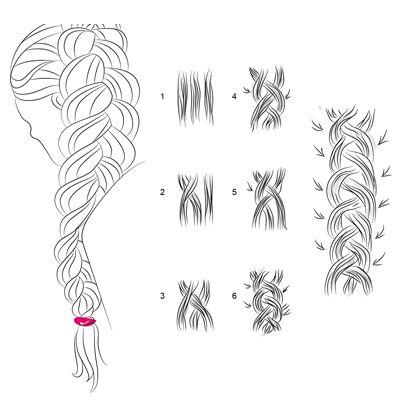
How to braid a braid of any degree of difficulty for yourself?
Contents:
Fashion is cyclical, and some things simply do not leave its limits. This applies not only to a number of styles of clothing, but also to hairstyles: in particular, braids. Weaves of varying degrees of complexity in one way or another flicker both at shows and among popular evening looks. But not everyone knows how to braid their own braids so that the result comes out no worse than in the salon. Will the videos and lessons with step-by-step photos found on the network give a result, or is it possible to master the science only through attending specialized courses?
How to master braiding yourself?
Of course, the most guaranteed way to learn how to braid various braids for yourself is to attend specialized courses, where a qualified teacher will give all the theory and conduct practical lessons in a few lessons, put your hand on you, and track all possible mistakes. But it is not always possible to find such a specialist, and the cost of such courses often justifies itself only for those who plan to continue to earn money by creating braids. If you want to master braiding only for yourself, you have to look for less expensive ways. Which ones are the most effective?
Смотреть видео
It is in relation to weaving braids that this is much more useful than any schemes in pictures, since the arms and strands are shown in dynamics, and it is easier to track a certain movement. Moreover, this viewing, of course, has nothing to do with the process that happens, for example, when you turn on a movie. You will need to play the video several times, perhaps even stop it somewhere, evaluate each frame. On the second or third repetition, it is recommended to start performing the same actions as the author of the video, but without haste.
Perceive the process as real school lessons with homework in the form of subsequent practice of the technique - both on yourself and on your girlfriends.
Purchase a training head
If that isn't possible, buy a hair extension. What for? If simple braids of three strands (for example, French) can be learned to weave even with closed hands, bending them at an inconceivable angle, then more complex options - of four, or even a "spikelet" of two - require practicing finger movements. And only after it becomes automatic, it will be possible to start performing such schemes on itself. This is especially true for hairstyles that affect the back heads.
Do not give up
The advice is extremely banal, but effective for the simple reason that braiding is a process that affects muscle memory. The stronger it is, the faster and cleaner everything will turn out, no matter how much at a certain point you want to complicate the idea. The first time the hairstyle will not work, on the fifth the ends of the strands will stick out somewhere, in the eighth the links will turn out to be uneven, but on the sixteenth it suddenly turns out that while you were thinking about something abstract, your hands themselves reproduced the desired idea.
For those who do not have any practical skill in weaving braids, below are simple lessons with video and photo diagrams. It is recommended that you study them in order as they are classified according to the degree of difficulty.
How to weave classic three-strand braids correctly?
In childhood, such braids were braided by mothers and grandmothers for everyone: they are the basis of most hairstyles. There is no particular difficulty in them, but there are a number of tricks to avoid some mistakes.
- Prepare a large mirror, it is desirable that opposite it is another one of the same. You need to be located between them: this will allow you to simultaneously see both the face and the back of the head, thereby tracking weaving in any zone.
- Choose a location with good natural light... This is especially true for the owners of dark curls, which, with a lack of lighting, are poorly visible, and the whole mass merges together.
A moisturizing spray (or plain water), hairspray, hairpins, invisibility and elastic bands, as well as a comb with a long thin handle are useful as auxiliary products.
Learning to weave from three strands on oneself is not difficult, you do not even need to select a thematic video, but it is recommended to start with a side braid so that it is more comfortable to hold your hands.
- Break the entire mass of hair into three strands, try to make them the same in volume... If your hair is highly electrified and tangle-free, spray with a moisturizing spray.
- Comb each strand, then superimpose right to center. Then enter into the process the left, crossing it with the new central, formerly right.
- Repeat the cross pattern then right, then left strands from the central, until you reach the very end. A if you initially cross the parts not from above, but from below, the braid will turn out to be the opposite.
In the process of weaving be sure to check the tension of each link, and whether hairs are knocked out of it. Smooth and spray with the same spray if necessary. When you get the classic version with your eyes closed, you can diversify your hairstyle a little and braid a French braid. It is better to train while watching video or photo diagrams.
The French variation, which is often called "dragon", requires separating a wide strand at the edge of the hairline and split into three equal parts... Start weaving in the traditional way - make one cross on the right and left sides, then add a strand of half the volume to the next active one.
For each new link, keep adding the same amount of hair.... When all the free mass has been used up (this happens at the level of the back of the head), braid the braid to the end and put on an elastic band. You can hide the tail inward or roll it up into a bun, fixing it with hairpins.
How to learn to weave from two strands?
It is noteworthy that there are slightly more variations of braids from two strands than from three, but creating them on oneself is often a little more difficult. For example, a "waterfall" or "spikelet" requires the dexterity of the fingers, but the traditional tourniquet requires only good fixation. It is, of course, worth starting with the latter.
- Comb the hair to the back of the head and gather in a tight ponytail, smooth the loose mass and spray with a moisturizing spray.
- Break the curls into two equal strands, twist one of them into a strong tourniquet and secure with a clip. It is recommended to fasten it temporarily to the head or a T-shirt (for long hair) so that the strand does not unwind back.
- Repeat the same for the second part, but change the direction: if the first strand was twisted clockwise, the second must be rotated against it. This is the key to the success of this hairstyle.
- Connect both harnesses, twist them together, pull off the end with an elastic band.
Before starting to weave such a braid, it is recommended spray hair with shine: This will add a dramatic shine to the final styling.


Watch this video on YouTube
"Spikelet" or "fish tail" is best mastered through video, and on yourself it is easiest to perform it from the side, throwing the curls over your shoulder forward.
- Break the entire mass of pre-combed hair into two equal parts, take from the edges along a thin (not thicker than a little finger) strands.
- Move the leftmost strand to the place of separation over the left part, enter into the right in the center. Repeat the same in a mirror image, and do not forget to hold all the hair and the meeting point of the strands in particular. After these actions, two integral parts should again be in the hands.


Watch this video on YouTube
Alternating actions are repeated until the very tip of the braid, where it is fixed with an elastic band.
The main point in this technique is not to forget that the active strands are always taken from the outer edge, and after the cross in the center, you need to hold this place with your fingers. The tighter the weaving of the "spikelet", the more attractive the result will be.


Watch this video on YouTube
Is it possible to learn how to weave from four strands?
Tutorials on creating braids from four or more parts can be found in large numbers, however, they should be performed first on the training head, and only then on yourself. These hairstyles already have a high level of difficulty, and a lot of training will take place before the muscles remember the movements.
- As in the case of the "spikelet", throw the entire mass of hair over your shoulder forward and split into four equal parts. To facilitate working with them, it is recommended use clean water or a moisturizing spray.
- The most extreme (fourth) strand must be held under the central two, stretched between the first and second and thrown over the last, but already in front. Thus, the fourth strand became the third.
- Repeat these steps in a mirror: draw the first strand under the central two, stretch it between the fourth and third, and throw it in front over the last one.


Watch this video on YouTube
Then all actions continue according to the steps described.
The key point is that the outer strands are active, which always pass along the inner side and are displayed behind the central pair, bending around one of them in front.
The lessons posted on the Internet will help you fully understand these simple points: in particular, specialized channels for hairdressers are recommended.
Finally, we offer simple lessons in pictures on creating options for braids not considered in the article.
Summarizing the above, it is worth saying that braiding for oneself is a little more complicated than the same procedure on someone else's hair: the only difference is the position of the hand and the inability to fully track the process from behind. However, if you bring the actions to automatism, there will be no problems with this. Therefore, do not neglect training and studying videos from professionals - there is never too much theory or practice.
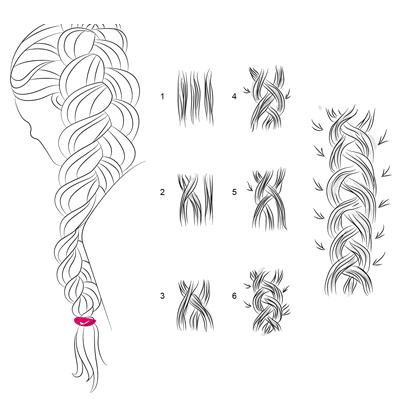
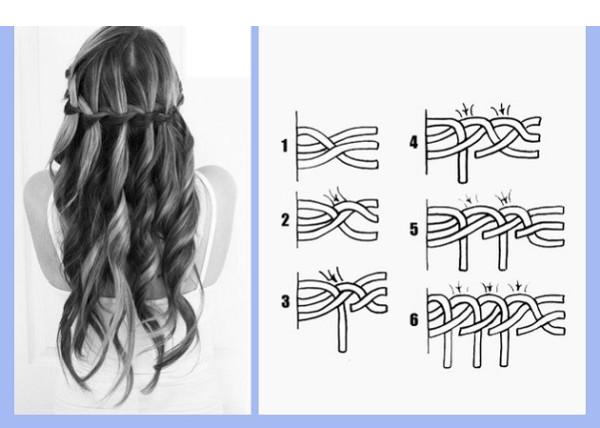
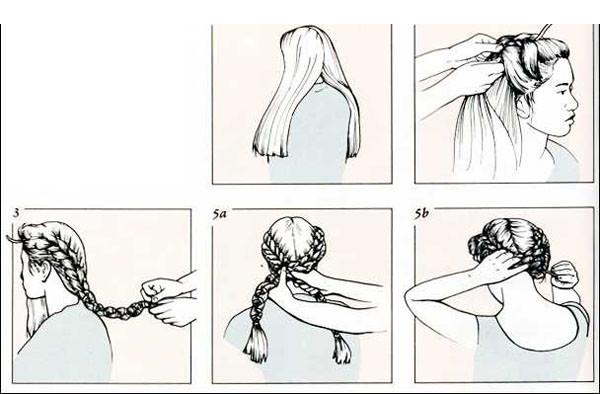


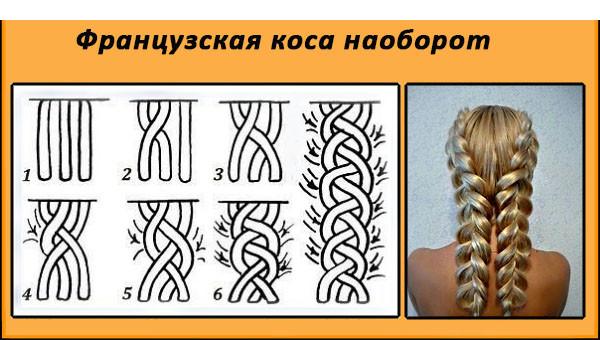
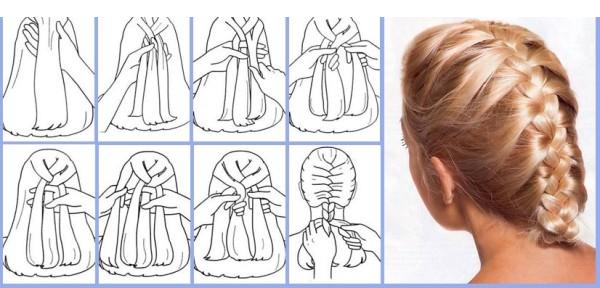


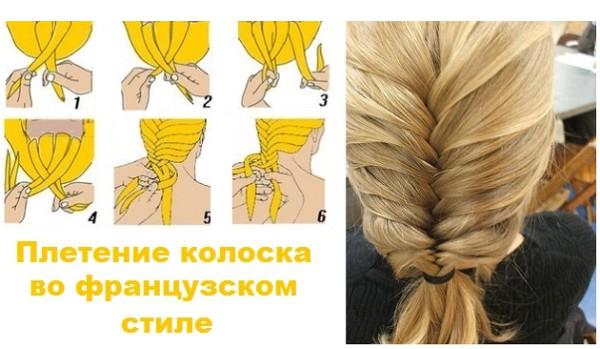

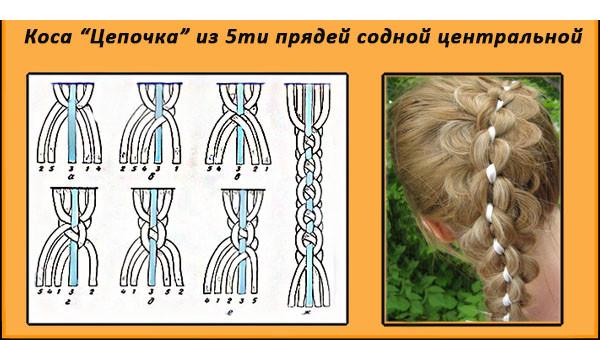
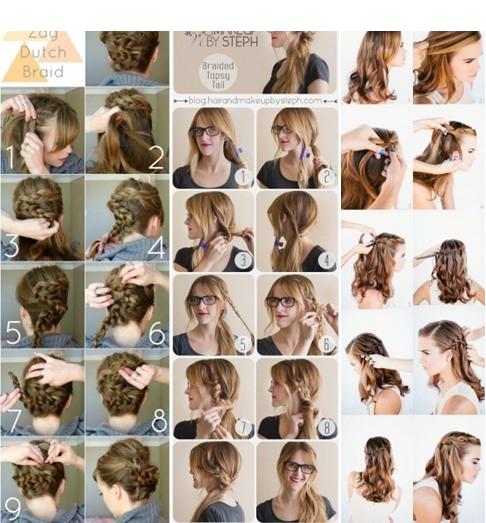
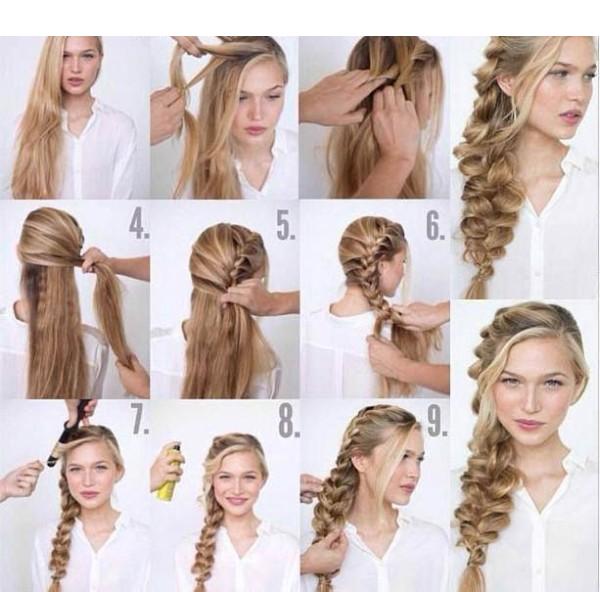
Leave a Reply